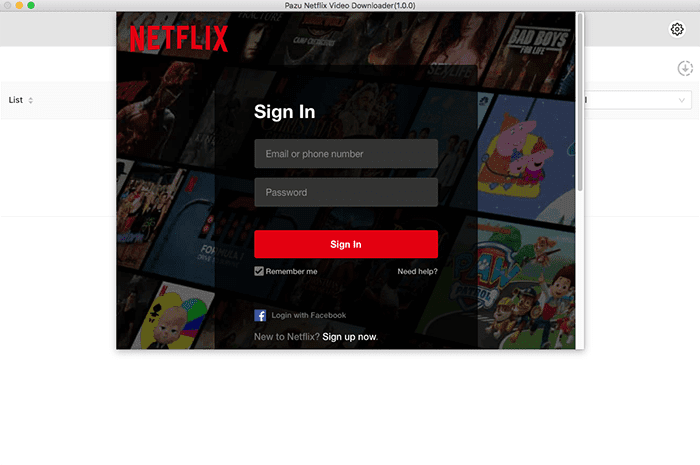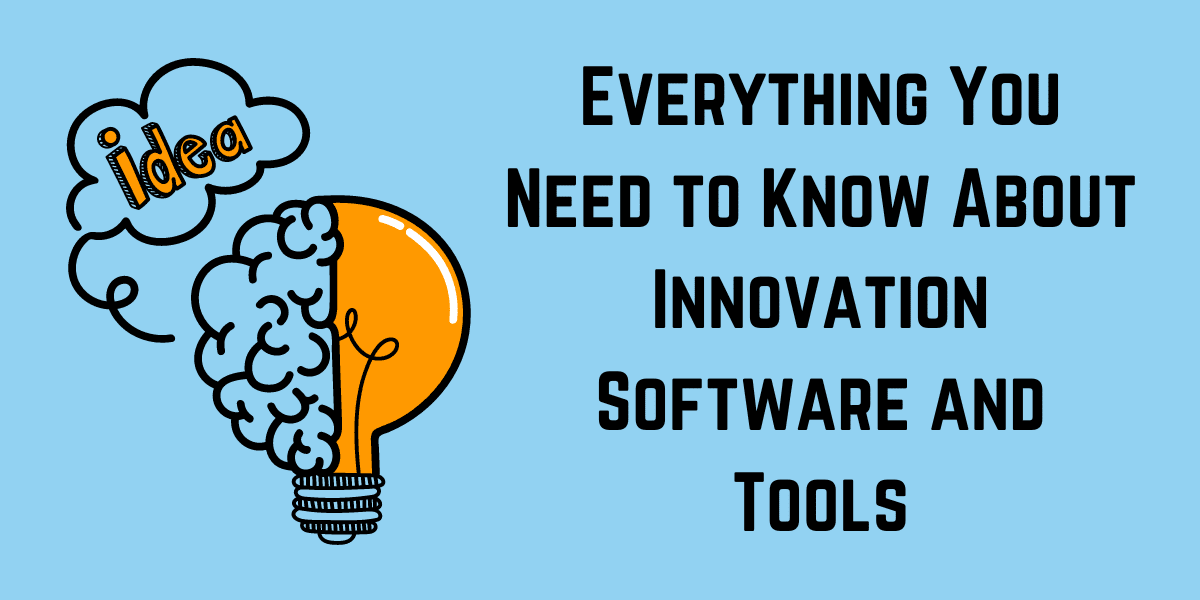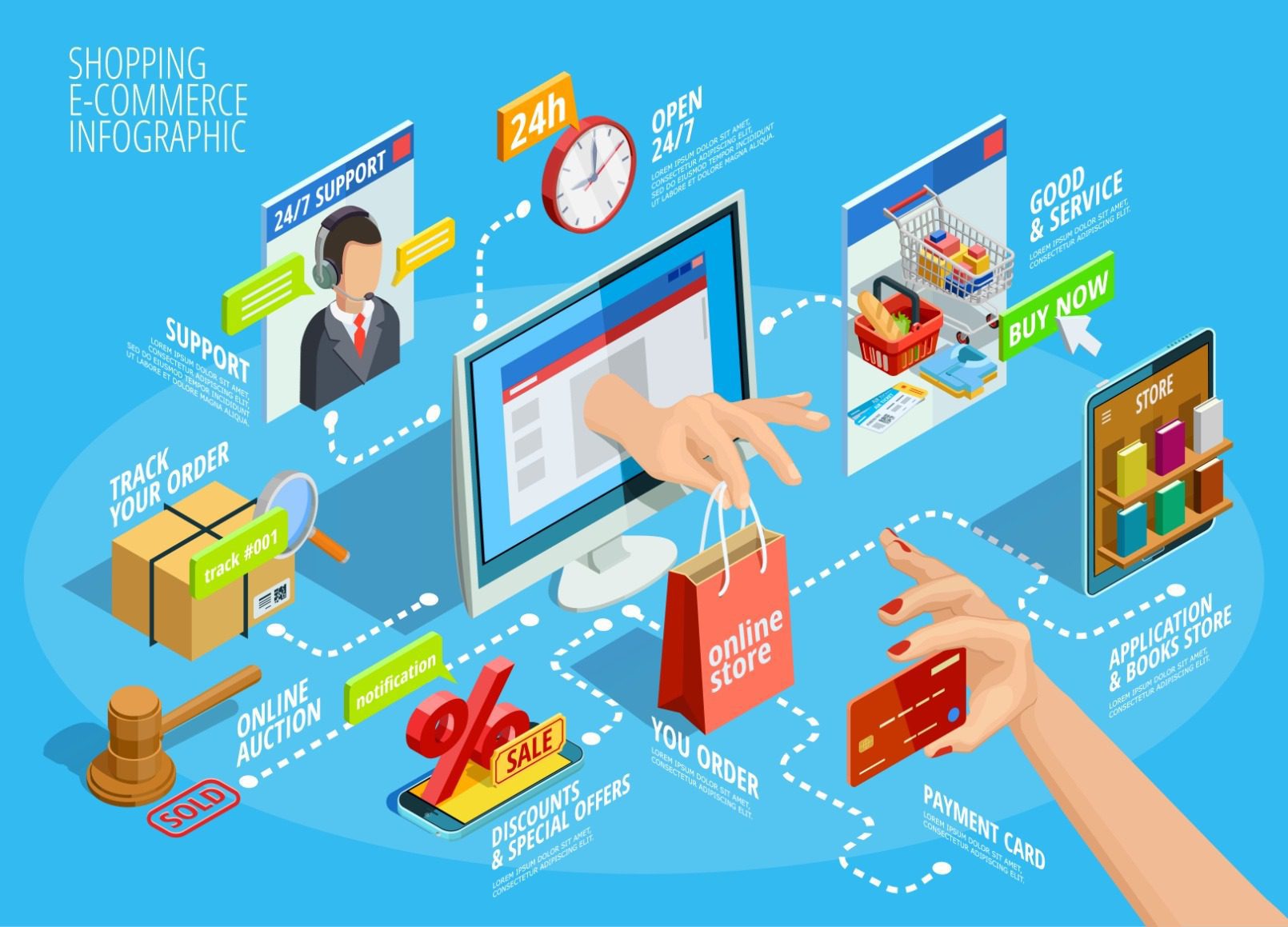
In today’s fast-paced digital world, launching a startup is both an exciting and challenging journey. Entrepreneurs often dream of creating a perfect product from the outset. However, seasoned founders know that perfection can be the enemy of progress. This is where the concept of MVP development becomes not just helpful but essential.
Building a Minimum Viable Product (MVP) is a proven strategy to validate ideas, minimize risks, and enter the market faster. Rather than investing heavy resources into building a full-fledged product that may or may not resonate with users, startups can focus on delivering core functionalities to test the waters first.
In this blog post, we’ll explore why MVP development is a critical foundation for startups, back it up with global data, and guide you toward smart execution.
What is MVP Development?
An MVP, or Minimum Viable Product, is a version of a new product that allows a team to collect the maximum amount of validated learning about customers with the least effort. MVP development focuses on building only essential features necessary to meet early adopters’ needs and solve a specific problem.
Rather than overloading a product with all possible features, an MVP is about simplicity, functionality, and real user feedback. It’s about creating a lean product that opens the door to growth and improvement based on actual market demand.
The Global Startup Landscape: Why MVPs Matter
Startups face a brutal reality. According to CB Insights, about 70% of startups fail, and one of the primary reasons cited is the lack of market need for their product. This statistic underscores the importance of validating the business idea early, before investing heavily in development.
Moreover, the global startup economy created nearly $3 trillion in value between 2017 and 2019, according to Startup Genome’s Global Startup Ecosystem Report. Yet, only a small fraction of startups achieve sustainable success. Those who prioritize learning and iteration early, through MVP development, often have a higher chance of scaling successfully.
A recent Statista report also highlighted that 46% of startups fail because of “no market need” — a mistake that MVPs are designed to prevent. By offering a simplified version of the product to a real audience, startups can test hypotheses, refine their offerings, and pivot intelligently based on real-world feedback.
Key Advantages of MVP Development
- Faster Time-to-Market
Launching an MVP allows startups to enter the market quicker, gain brand visibility, and start building a user base while continuing to develop the product. - Reduced Costs and Risks
Instead of committing to a full-scale product, startups save valuable resources by developing only core features initially. - User-Driven Improvement
MVPs enable startups to learn directly from users. This iterative process ensures that the final product is precisely aligned with customer needs. - Investor Attraction
Demonstrating traction with an MVP can significantly increase the chances of securing investments. Investors are more inclined to fund startups with proven market validation. - Focus on Core Value
MVPs force startups to zero in on their core value proposition, eliminating unnecessary distractions and feature bloat.
Real-World Success Stories
Some of today’s tech giants began their journey with a simple MVP:
- Dropbox started with a basic video demonstration before building the actual product.
- Airbnb initially offered short-term accommodation in the founders’ apartments.
- Twitter was originally an internal communication tool for a podcasting company.
Each of these companies validated their ideas early and used feedback loops to grow into billion-dollar businesses.
How to Approach MVP Development Smartly
1. Identify the Core Problem
Focus on the specific pain point you’re trying to solve. A clear problem statement helps keep the MVP laser-focused.
2. Define Success Metrics
Before launching the MVP, decide what success looks like. Is it user engagement? Retention? Customer feedback? Clear metrics are vital.
3. Build Lean and Simple
Develop only the critical features needed to solve the core problem. Avoid the temptation to add “nice-to-have” features at this stage.
4. Gather User Feedback
Engage early users through surveys, interviews, and usability tests. Their feedback is a goldmine for product refinement.
5. Iterate Rapidly
Use the feedback to tweak, pivot, or scale your product. The iterative cycle should be fast and focused.
Final Thoughts
The path from a raw idea to a successful product is long and filled with challenges. But by embracing MVP development early on, startups give themselves a fighting chance. A well-designed MVP can provide invaluable insights, conserve resources, and open the door to greater opportunities.
If you’re looking to build an MVP for your startup idea, start lean, stay focused, and keep learning. Your future unicorn could begin with just a single, well-executed MVP.








